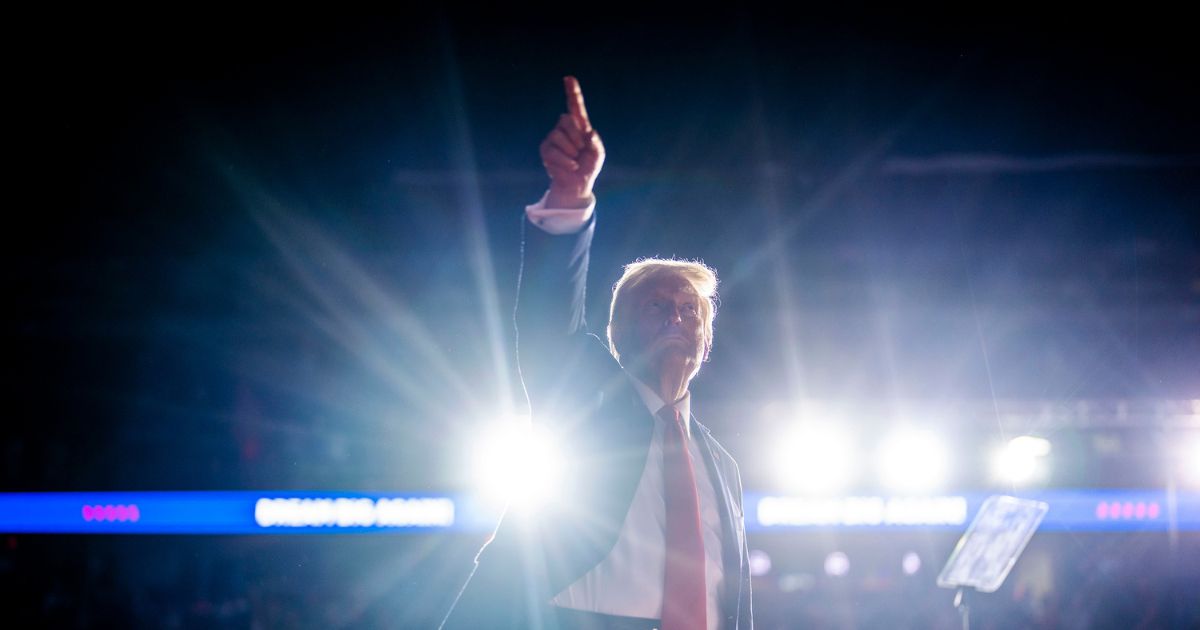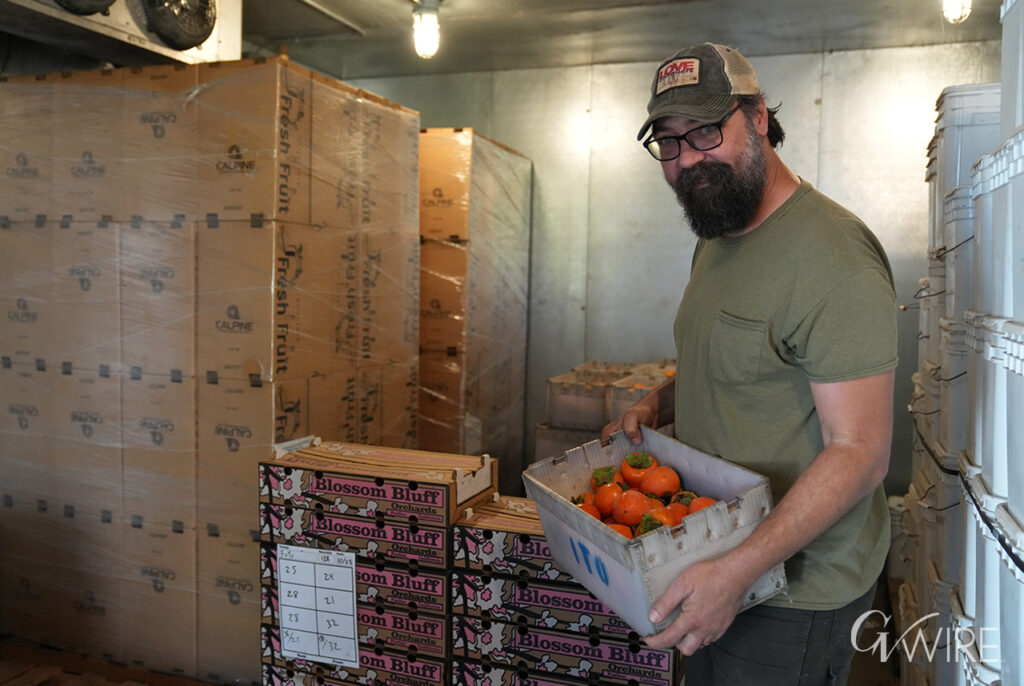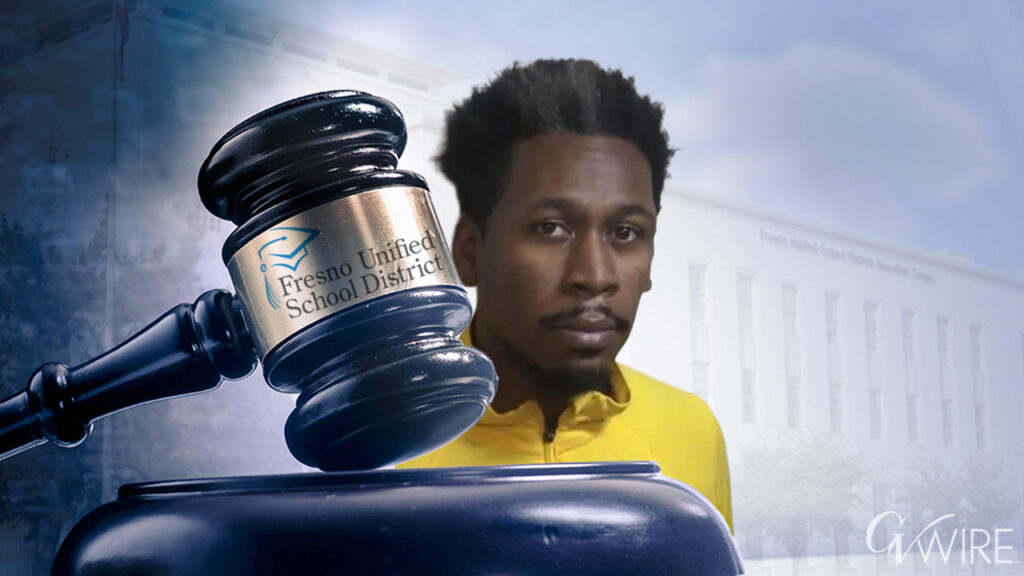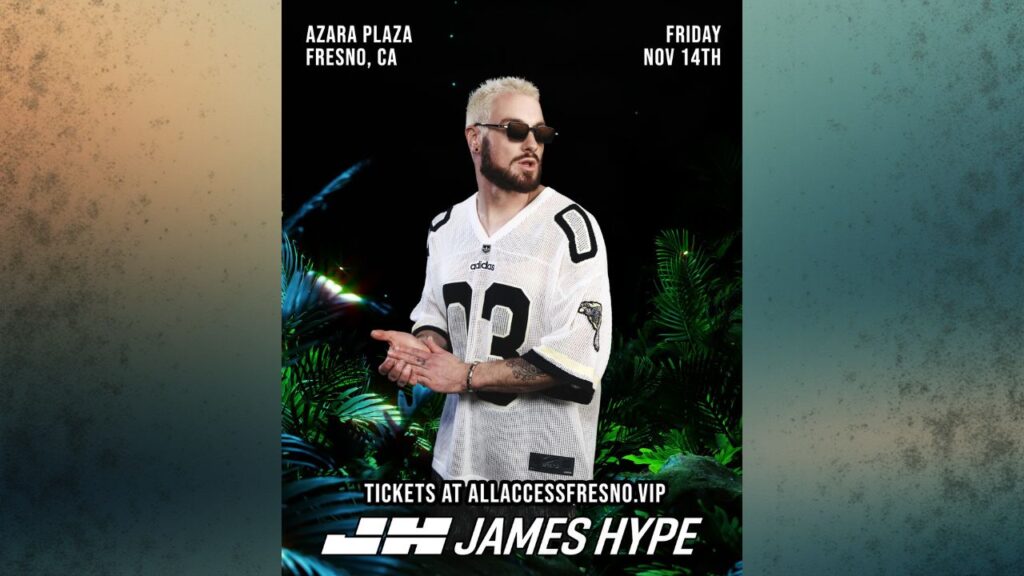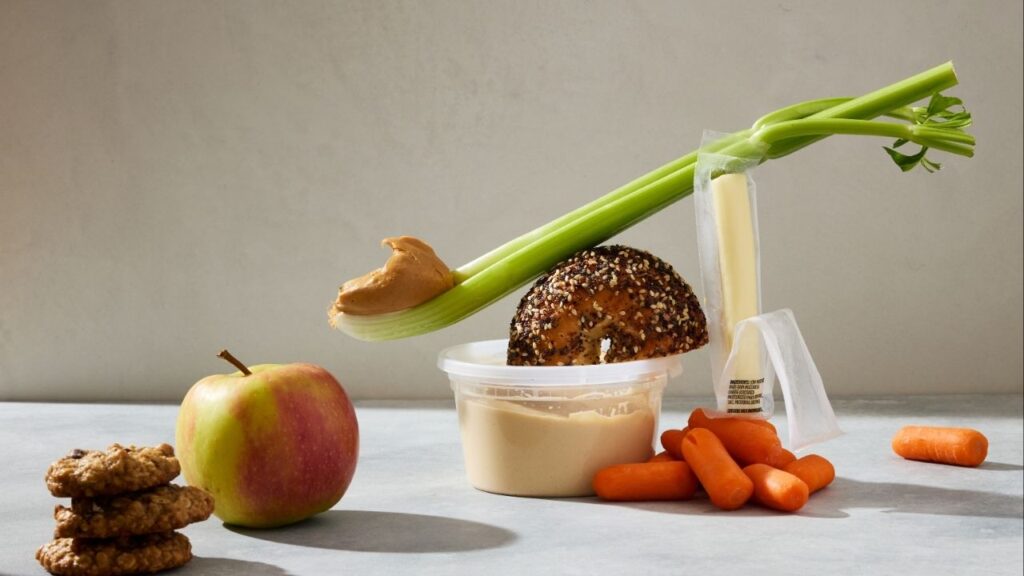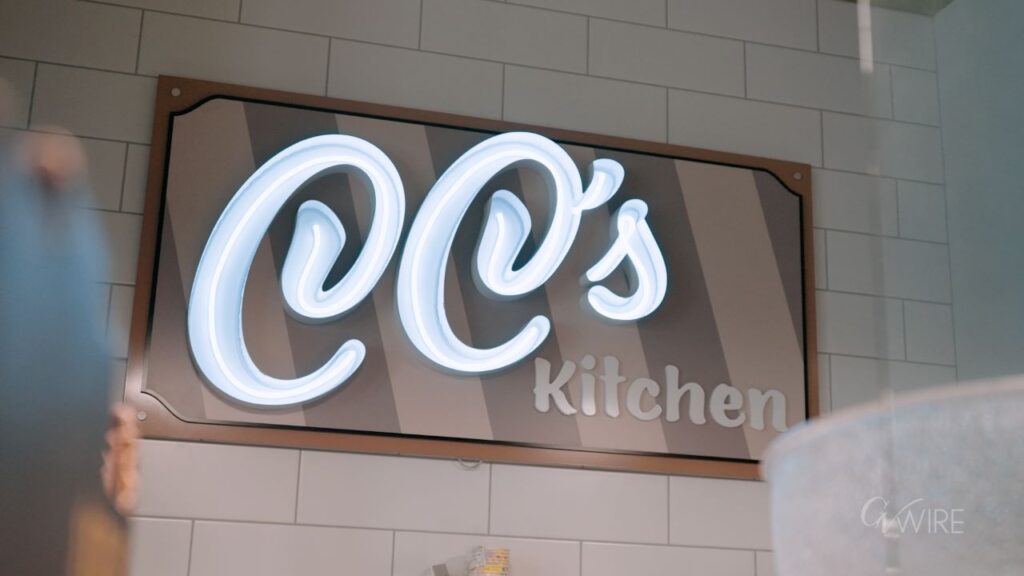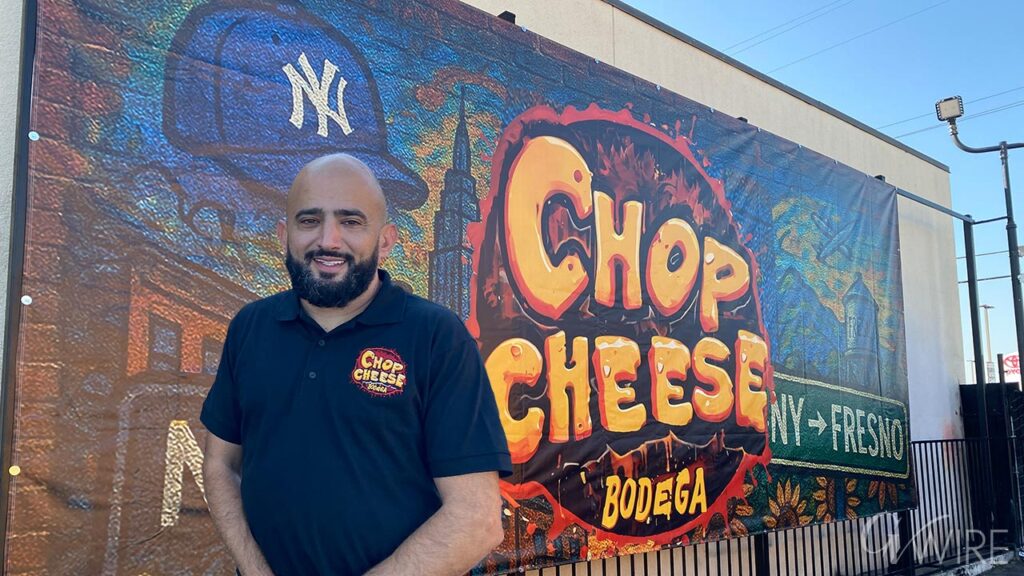President-elect Donald Trump holds his final campaign rally in Grand Rapids, Michigan, Nov. 5, 2024. Trump has embraced tabloids, reality TV, Twitter and cable news, and this year, he moved on to podcasts and online streamers. (Doug Mills/The New York Times)

- Trump adapted to new media by bypassing traditional outlets, favoring podcasts and online influencers to connect with voters.
- The president-elect courted online celebrities like Adin Ross and Bryson DeChambeau to broaden his appeal, avoiding confrontational interviews.
- Trump’s media strategy reflects shifting trends in news consumption, with podcasts and social media gaining prominence over traditional outlets.
Share
|
Getting your Trinity Audio player ready...
|
In his improbable journey to the apex of American power, President-elect Donald Trump has always adapted to the media tool of the moment.
As a young mogul on the make, he made himself a fixture of the Manhattan tabloids, then pivoted to the newfangled realm of reality TV as master of NBC’s “The Apprentice.” He recognized the power of Twitter long before other politicians and, in 2016, used countless cable news interviews to propel his candidacy to victory.
On Tuesday, Trump defeated Vice President Kamala Harris partly by, once again, adjusting to the new realities of mass communication. He bypassed traditional gatekeepers like “60 Minutes” on CBS in favor of the online celebrities and podcasts that have exploded in popularity, particularly among young men.
The personalities courted by Trump — Adin Ross, Theo Von, the Nelk Boys — may still be something of a mystery to the millions of Americans who rely on mainstream newscasts and celebrity anchors like Anderson Cooper.
Related Story: Trump’s Deportation Plan Brings Fear and Sadness at CA Border
Yet each of them was cited by name during the televised Trump victory celebrations early Wednesday. And the president-elect took a moment to single out a friend onstage: Bryson DeChambeau, a two-time U.S. Open golfing champion and YouTube star whose 56-minute video with Trump — in which the men called each other “partner” and traded tips on putting — amassed nearly 13 million views.
“He’s always looking to the next venue that’s best suited to his instincts for generating support,” said Andrew Heyward, a former president of CBS News who is now an adviser to several local newsrooms. “It’s part of Trump’s extraordinary record of instinctively finding ways to viscerally connect with voters.”
“He’s a master of evolving media,” Heyward added.
Frank, free-flowing and fratty, these nontraditional venues lent themselves to Trump’s circuitous and colloquial way of speaking.
They also presented a way for Trump to sidestep more confrontational interviews with professional journalists, where he might face tough questions, fact-checks and detailed policy debates. The influencers he met with rarely challenged Trump, and often lavished him with praise.
Related Story: Democrats Enter a Trump Presidency Without a Plan or a Clear Leader
In his speech Wednesday, Trump referred to mainstream news outlets as the “enemy camp.” In 2016, he often engaged with those organizations, frequently calling in to shows like “Morning Joe” and CNN’s “New Day” to field questions.
Eight years later, the media ecosystem has become increasingly fractionalized. Trump took advantage of that. He declined to participate in a second debate with Harris, and then pulled out of a planned interview with “60 Minutes,” the country’s most popular news program, which has hosted the two major-party candidates since the late 1960s. Trump’s team complained that CBS wanted to fact-check his interview, the kind of basic accountability that is often absent from podcasts that are focused on entertainment.
Trump’s recent approach to media tracks the shifting ways that Americans consume news. A recent Pew Research Center study found that more than half of adults sometimes get news from social media. Facebook and YouTube outpace other social media platforms as news sources, and Instagram and TikTok have seen gains over the last four years, the study said.
And, last month, trust in traditional mass media reached a new low, Gallup reported.
When Trump began showing up on podcasts, it was viewed as an oddity in the context of a presidential campaign. His first conversation in June, with online star and wrestler Logan Paul, swerved from boxing to immigration to the possible existence of extraterrestrial life. (Trump has credited his 18-year-old son, Barron, with recommending that he speak with Paul.) In August, Trump met with Ross, a prominent gamer on a streaming platform called Kick who gave the former president a Tesla Cybertruck as a gift.
Related Story: Harris Calls President-Elect Trump to Congratulate Him on Win
Later, Harris, whose campaign began much later in the year, made the podcast rounds, too. Her appearance on “Call Her Daddy,” a popular podcast with millennial and Gen Z women, prompted a “Saturday Night Live” parody and headlines for Harris’ remarks on abortion rights.
Harris, though, was not as aggressive as her opponent in courting the stars of the podcast realm. Her team discussed an appearance on Joe Rogan’s hugely popular show, but it did not come to pass. Trump spent three hours chitchatting with Rogan, who ultimately issued a last-minute endorsement of the Republican.
In October, Trump appeared on “Bussin’ With the Boys,” a Barstool Sports podcast hosted by two former NFL players. He explained why he was interested in pursuing so many podcast interviews this election cycle: “It’s a young world,” he said. “You’re in a young world, right?”
“It’s changing, you know?” Trump added later. “It changes very fast.”
Even as Trump has adapted to new mediums, he has maintained a habit of describing viral sensations in old-fashioned ways.
After his 53-minute appearance on Paul’s podcast, “Impaulsive,” Trump praised the host and said, “Oh, they’re going to get big ratings on this show.”
Podcasts are not measured by traditional Nielsen ratings, Trump’s preferred metric during his “Apprentice” days. But his episode with Paul was indeed a hit, garnering nearly 7 million views on YouTube — far higher than any other podcast episode Paul has done this year.
–
This article originally appeared in The New York Times.
By Michael M. Grynbaum and John Koblin/Doug Mills
c. 2024 The New York Times Company


